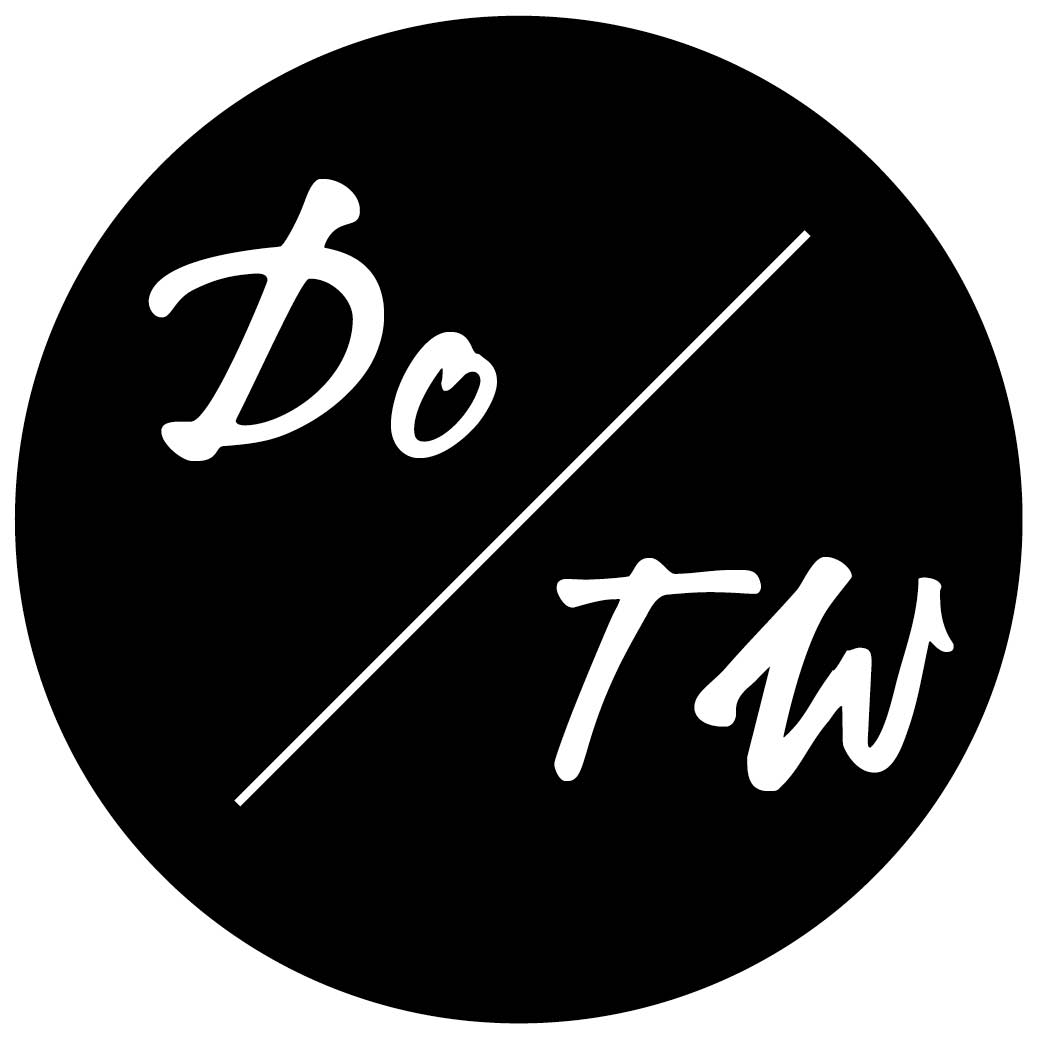The Anatomy of the Perfect Travel Article Pitch

Apart from the pitching “secret sauce” we talked about earlier this week, pitching well is all about structure.
All pitches should have three key sections, typically in the same order, to be successful:
- the lead/lede or intro grabbing the editor’s attention and showing why your topic is interesting
- the outline on how you’ll write the piece that fleshes out what it will be about and shows where it fits in the editor’s magazine or website and when
- the “I’m so great” (ISG) paragraph or why you should be the one to write the article
The Lead
The opening of your pitch should bear a very strong resemblance, if not be identical to, how you would start the article you are pitching. This means that it isn’t an explanation of:
- who you are
- why you are writing
- what your article is about
Its purpose is solely to grab the editor’s attention (and by extension show that you are a good writer and your article idea is interesting).
The topic of how to grab people’s attention is the purview of extensive studies in marketing, especially copywriting, so, if you’re curious, you can really dig deep into this, but for our purposes, there are two main easy ways to go about leading your reader into the world of your article or pitch: setting a scene or starting “in media res” or in the middle of a story.
(Notice that these both revolve around the idea of having a story or scene rather than simple description or historical fact dumping about a topic. If you don’t have this, your pitch has deeper problems that you need to figure out before pitching.)
Some specific tactics for that first sentence are to:
- use a surprising statistic
- use a colorful quote from a person you met on your trip
- focus on the five W’s (who, what, where, when, why)
- use a sensory detail-filled description of a location
The Outline
For many writers, this is the weakest part of the pitch, if it’s there at all. For me, however, the outline is the hardest part of the pitch, because by the time I’m sending a pitch to an editor, I already have a very good idea of what the article will include and want to throw it all in there to paint a complete picture for the editor.
I know exactly what I want to have in the article because I’ve been doing this for a while, however, so it’s something you can easily learn to do—much more so than leads, which take a certain amount of practice.
If you look at the magazine that you are pitching and find a specific section to aim your query at, the pitch, and by extension the article, writes itself.
- Is the piece a short front-of-book section? Either write the entire short article already (copying the format of previous articles of the same type in the magazine) and send that along as your pitch, or give the barest who-what-when-where-why statement and ask the editor if he or she would like to know more.
- Is the piece a round-up? Pick out the appropriate number of places, see what information is included for each (in a couple past instances of this magazine section) and tell the editor you will include X places, including [TWO OR THREE EXAMPLES] and talk about [THE POINTS TOUCHED ON FOR EACH MEMBER OF THE ROUND-UP IN THE PREVIOUS ARTICLES].
- Is the piece a feature or long department? Check out the typical format of features in the magazine—lyrical, tightly narrated, newsy, historical—pick the episodes from your trip that fit that type of store, and give a sentence encapsulating each scene.
The ISG Paragraph
I borrowed this term from the lovely Kelly James-Enger of Dollars and Deadlines, because I think people get so stuck about what to write here and it really sums it up.
You need to take the end of the pitch to explain why you are so great for this piece. Not saying why the magazine needs it. Not expending five sentences about other places you have written about and why you are qualified to write about them. And not regaling the editor with your full travel CV. Simply and succinctly explaining why you are great for this piece.
This is often the part of the pitch that new writers agonize about the most, so I’ll give you a cheat sheet for this paragraph. Keep it to two sentences only. Focus the first sentence on why you are the person that should write this article, with a combination of physical/in-person knowledge of the destination and familiarity with the topic. In the second, simply say that you are a freelance travel writer or journalist who has been published in…. and list your three most impressive credits—or the ones most relevant to what you’re pitching.
If you already know an editor, you may sometimes omit this final paragraph, although it’s great to keep it, but tune it more closely to the article at hand. For instance, with an editor that I had pitched several times but hadn’t quite gotten a connection with yet, I eschewed the typical run down of credentials and stuck with the pertinent facts for why I should write the article—that I was going to be in the area in question that weekend and available to do the research.
